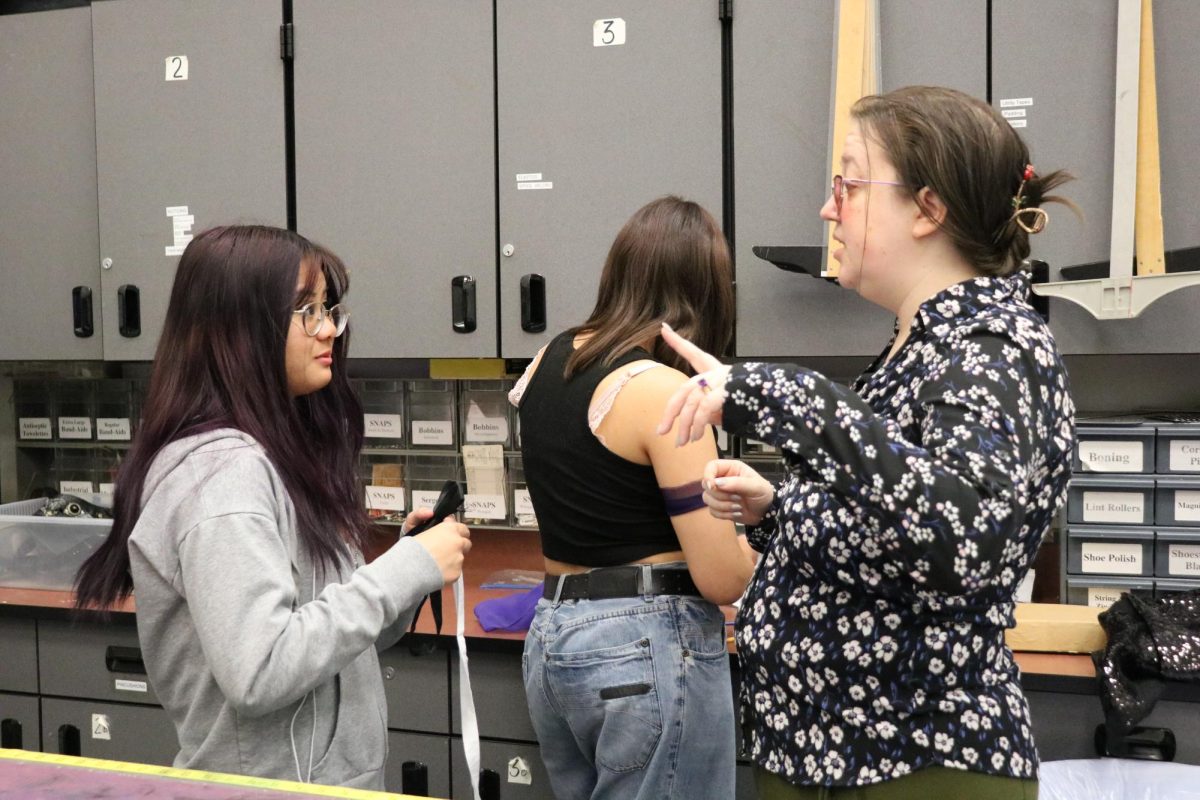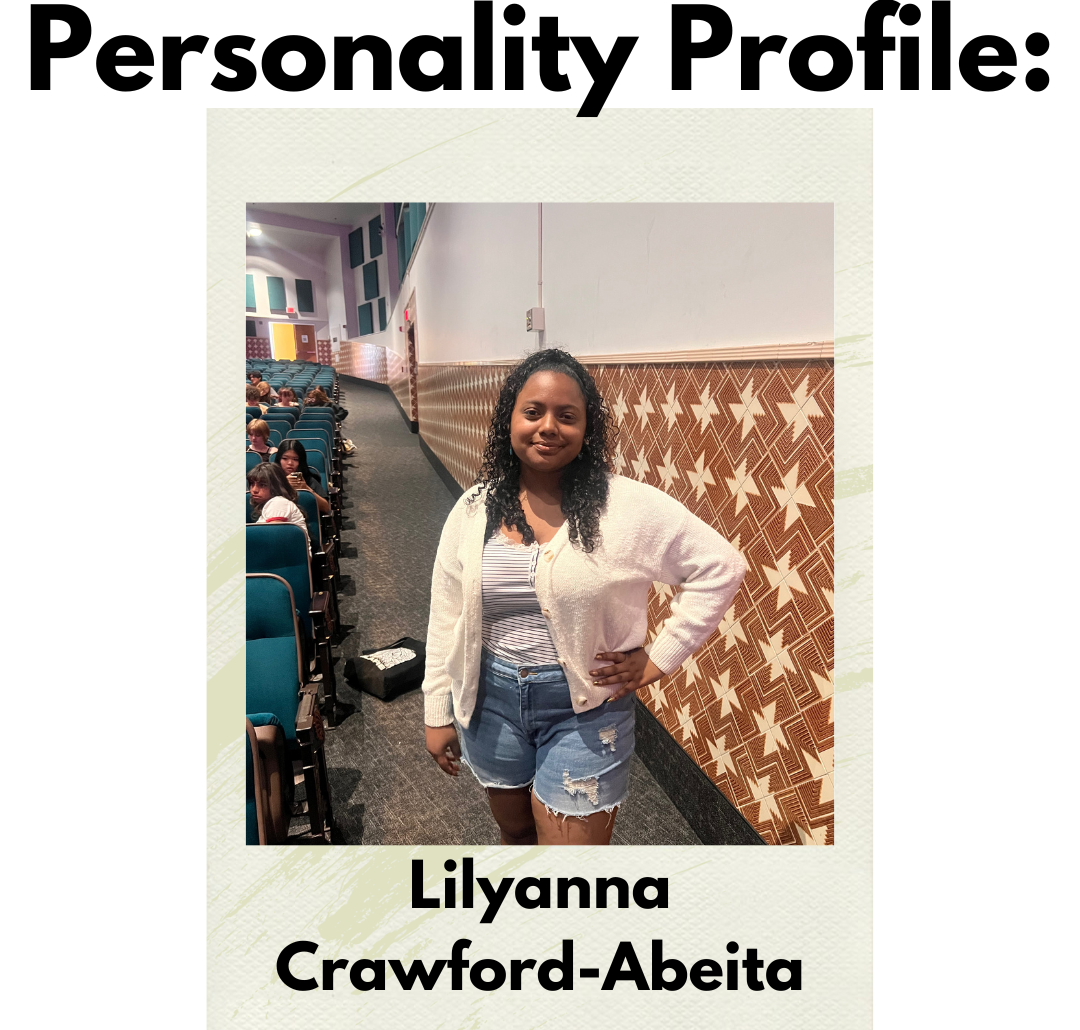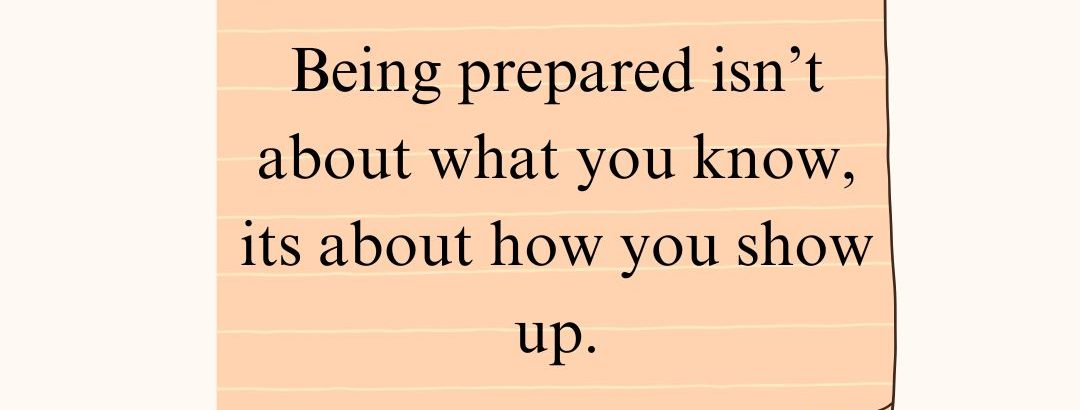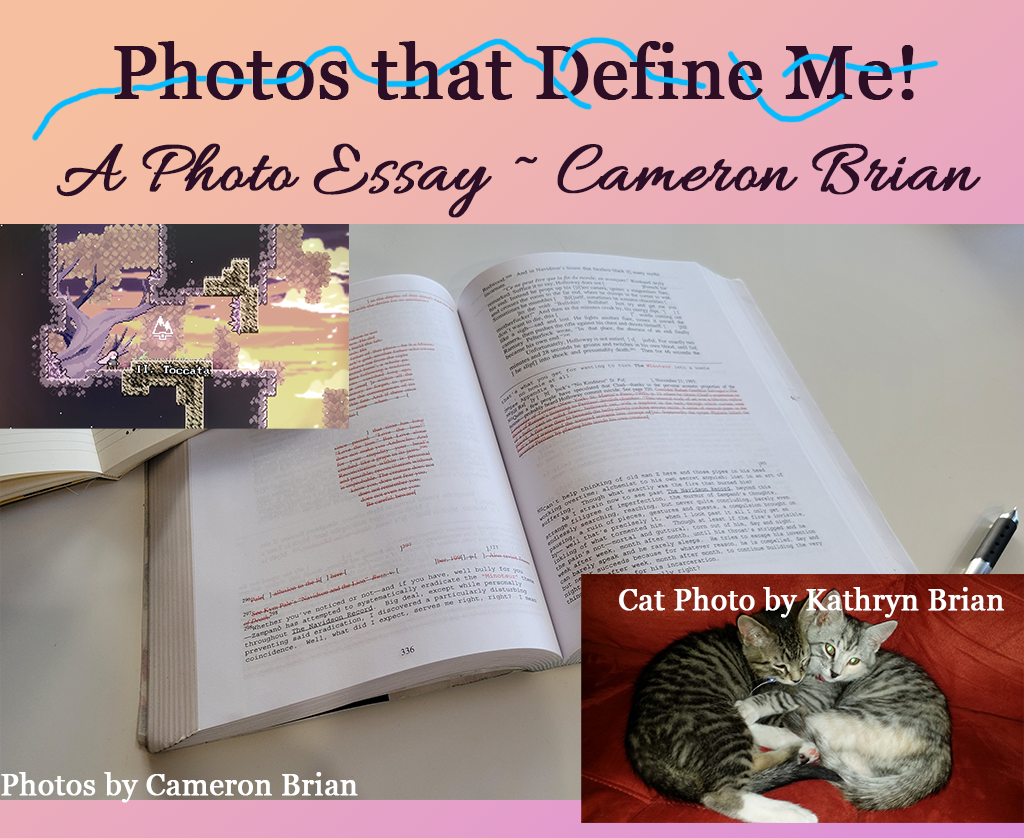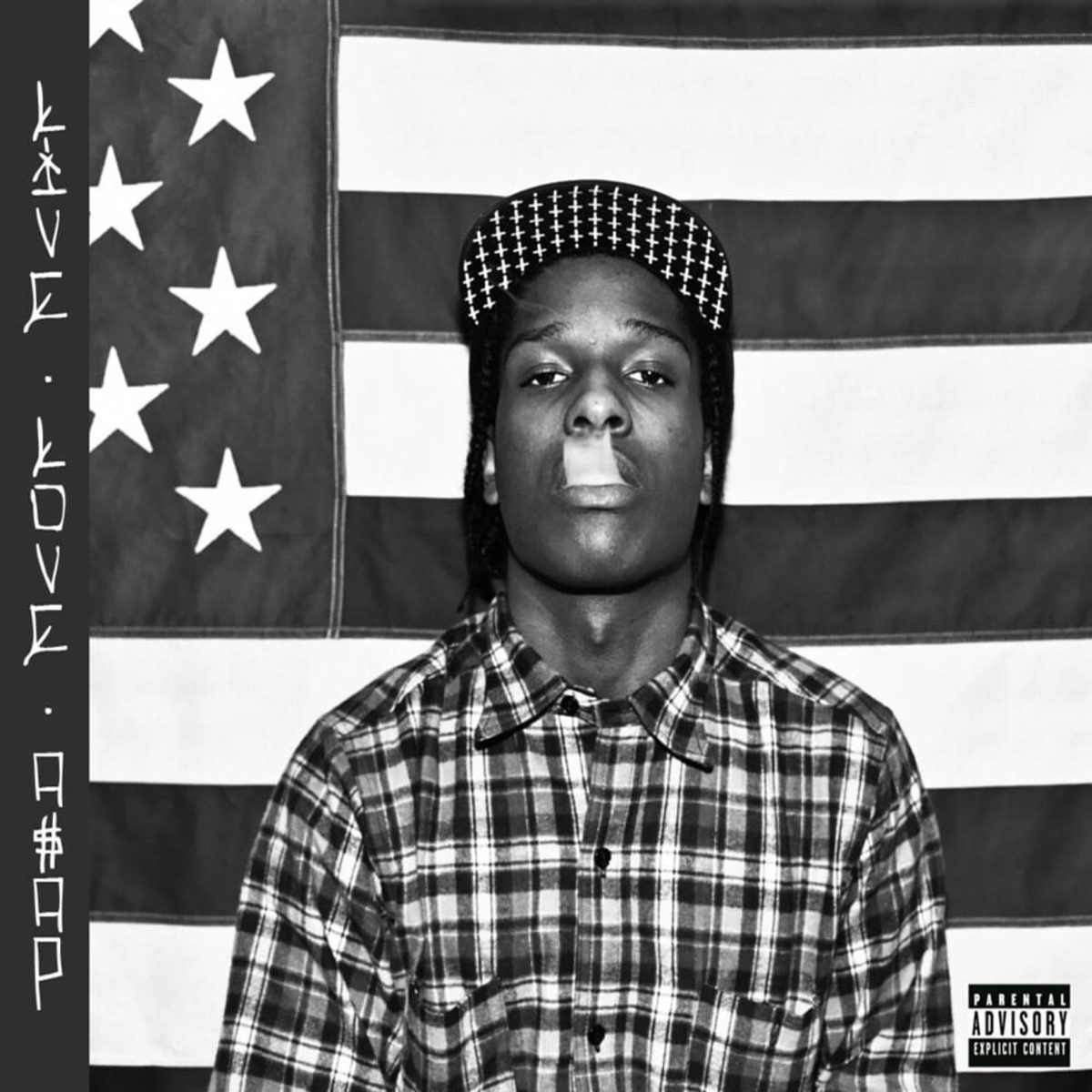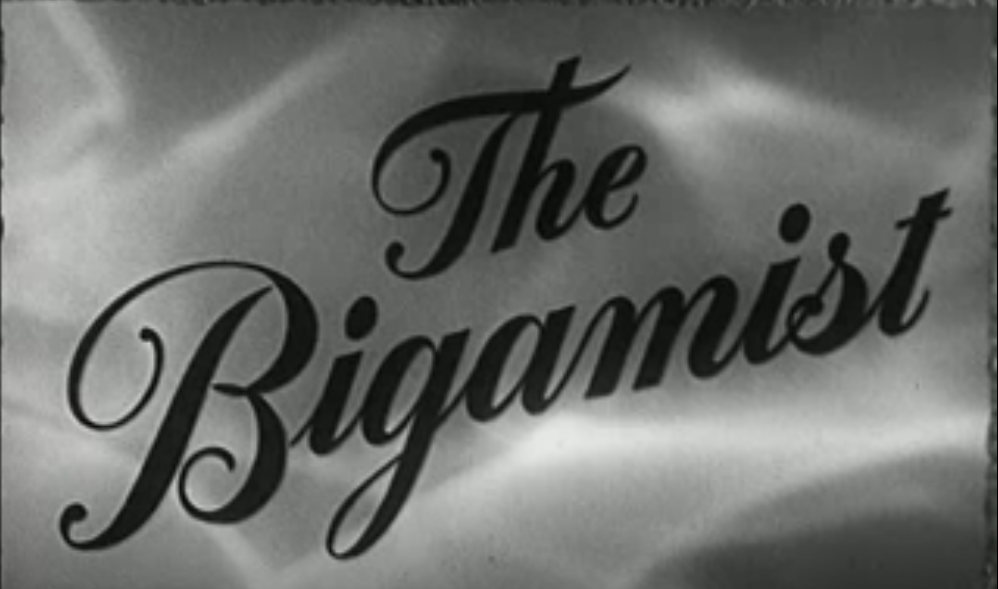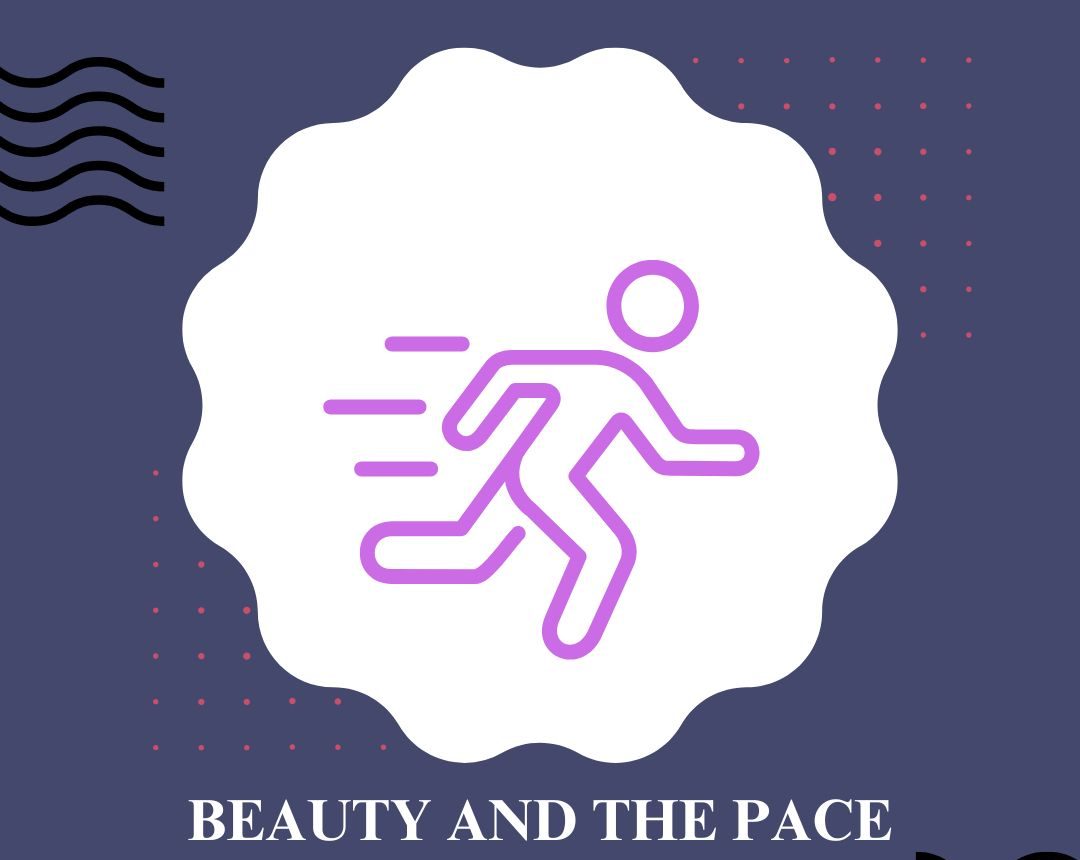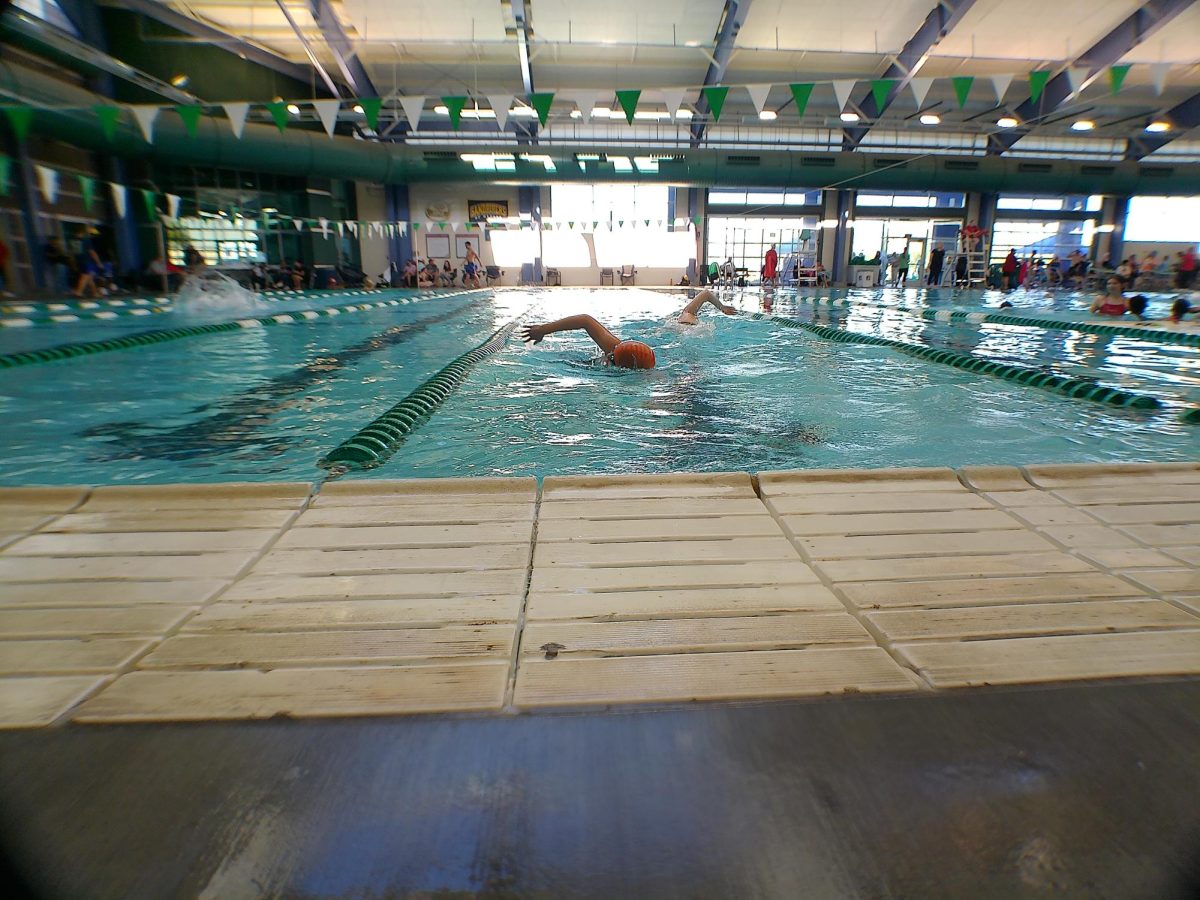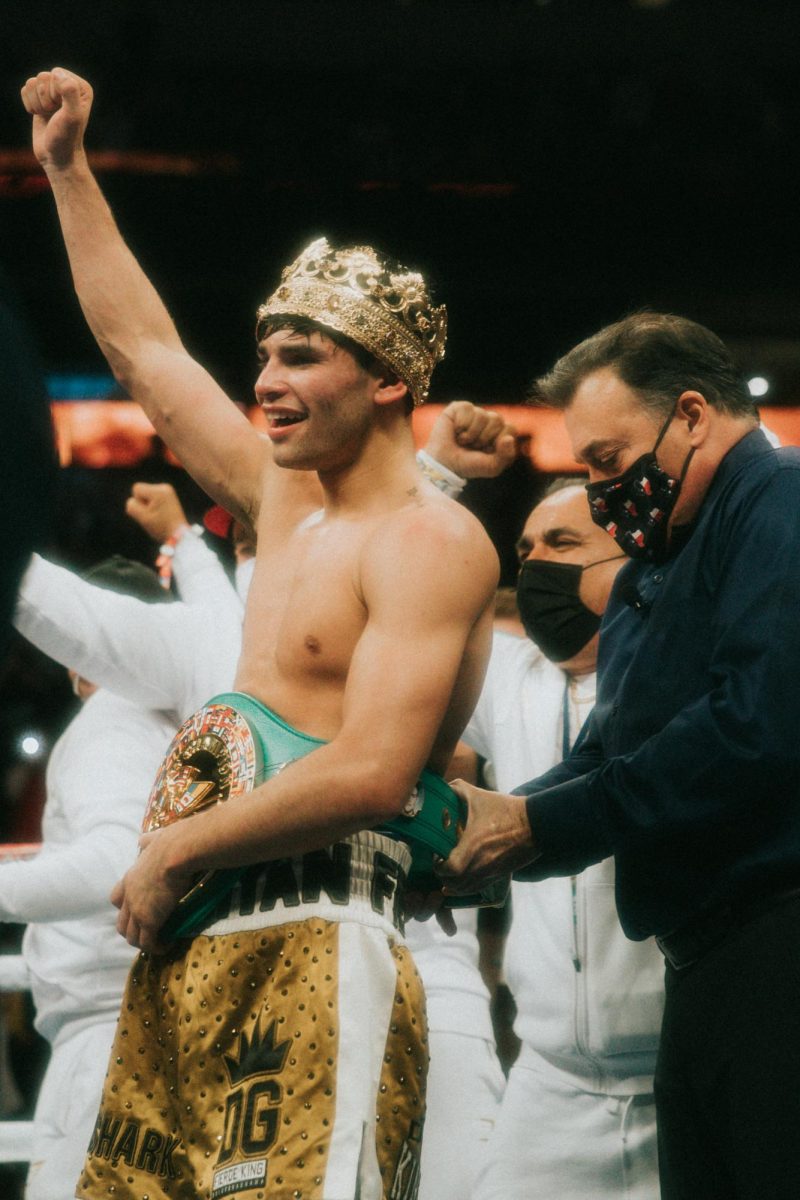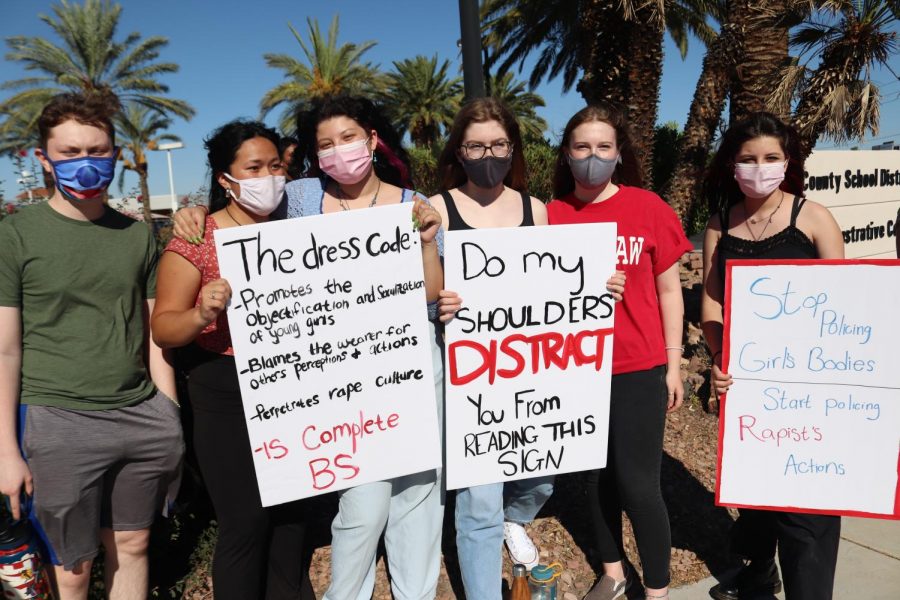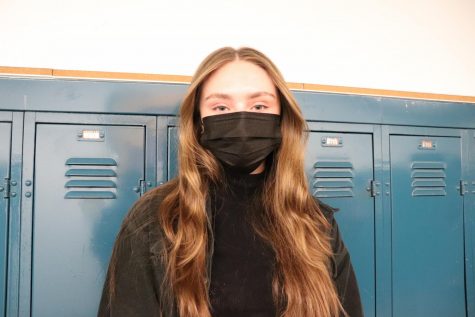Sexism in Dress Code
October 20, 2021
Recently, talk of the student dress code has been more prominent than ever. Young girls all across the valley are being sexualized for the clothing that they wear. With the severe Las Vegas heat that struck in those first few months of school, being excessively covered was a burden. With this, parents and students have begun to unravel the true intentions of the dress code and uncover the misogyny in all of it.
Firstly, it’s important to understand the inequality in the dress code from boys to girls. The male dress code is something to the effect of no gang symbols, hats, or flip flops. While the girls are being penalized for wearing average length shorts and skirts, and not following the “3 inch strap rule” to cover those promiscuous shoulders. This has been an ongoing discrepancy that has not been properly dealt with for far too long. Some have made the argument that controlling what students wear goes against freedom of expression, as many use the clothing that they wear as an artistic outlet. At a developing age the young kids should have the freedom to discover for themselves through what type of clothing they like to wear and in that same respect finding their own identity.
In my opinion the correlation between dress code and academic outcome is entirely made up. I have never met a fellow male student who has stated that he is unable to focus in class due to an uncovered shoulder or a shorter than knee length skirt. Instead of instilling at a young age that it is a females responsibility to cover herself up for the sake of the males’ education, why don’t we start teaching young boys that girls’ bodies are not meant to be sexualized? What has been taught as “offensive” was defined by older male teachers and staff, not the students themselves. This has made people wonder who the dress code is truly meant to stop distracting, the students or the teachers?
In light of all this, students have banned together to set up multiple student protests in backlash against the dress code. The brightside in a state of unrest is seeing a community of people all rallying together to bring awareness to something they are passionate about. All in all, even if there is no change brought by all this discussion, it’s great to see that the outcome of something that originates inequality can actually result in young people supporting one another even more so than before.



